After a very blustery night the forecast seemed to have been correct and the day dawned very wet and windy. We travelled to the first stop without much hope, and it appeared to be justified. As I said to Richard "to photograph the light on the mountains you first have to be able to see the mountains"!
We gave up the sunrise location and instead travelled to another waterfall, the very dramatic Cascada Paine. Even in poor light this would be a decent subject, but we were blessed, with good foreground light but also with the most amazing full arch rainbow, which persisted for as long as we were willing to photograph it.
Back at the hotel it initially looked like that might be the end of the day’s proceedings, and we settled in for a day of processing, and critiquing work we had already done. However just before lunch suddenly the sun emerged, even though the winds were still challenging, and we set out for an afternoon shoot.
The first stop was Grey Lake, of geographical interest because it’s one of the parts of the park’s lake system fed directly from a glacier, albeit one which is rapidly retreating and now a 16km boat ride from the lake proper. Indeed there was a small iceberg recently calved in the lake. However there were only limited photographic options.
On the way to dinner, however, we had a treat: a group of guanaco who were happily grazing alongside the road and who seemed content to pose for us against the mountain background.
After dinner the first stop was an overlook near the restaurant but looking back over the central plain of the park towards the mountains. Unusually there was very little cloud on the latter, and we were free to build graphic compositions based on bands of water, pampas, rock and sky. However there was a downside – the outlook is an animal rather than a human haunt, and we were dive-bombed by insects from the moment we arrived, the first time that’s been an issue on the whole trip. JoAnne had some repellent which she was happy to share, but I suspect it was for sharks not insects, at least judging by its relative ineffectiveness.
The last stop was the Weber Bridge. We all took the obligatory shot of the mountains with very little cloud, but then turned to watch a very dramatic lenticular cloud swirling, but not moving laterally, right above us, catching the sun in dramatic style.
The final day again dawned cloudy and very windy and I sat out the “sunrise” (with no sun) huddled up with a couple of others behind a rock in the lee of the wind. However on the way back to the hotel another amazing rainbow developed above our hotel and embracing the mountains.
After breakfast we set off on the drive back to El Calafate as the first leg of various long journeys back home. The park had one final surprise for us: yet another rainbow over the Laguna Amarga, where we had photographed angry swirling clouds on the way in. It was so windy I was almost blown off my feet, but it was worth it for the final shoot.
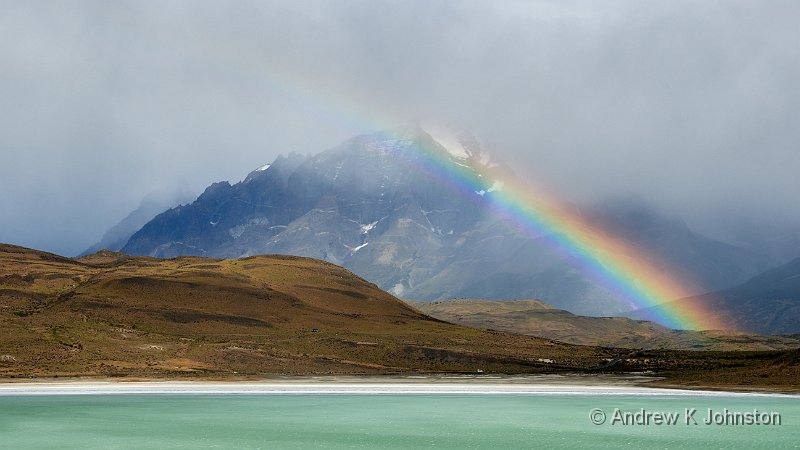
The drive back to the border didn’t seem as bad as on the way in – I suspect they had already opened a few more miles of the new road. However whereas the usual experience is that it takes a couple of hours to get into Chile, we had the reverse – Chilean customs had been efficient in both directions, but we arrived at the Argentinian border control point with a long line of buses in both directions, and it took over 2 hours to get through. It took another hour and a half to the stop at Esperanza, by which time they were out of empanadas and down to a few uninspiring sandwiches. I had received a lot of stick for having an “elevenses” empanada with my coffee at the Chilean border, but I emerged victorious!
After the final leg back to El Calafate we got together for the “last supper” and a good time was has by all. Tomorrow I have to start on stitching together “The World’s Worst Panorama 2023”.

 List
List Abstract
Abstract One+Abstract
One+Abstract

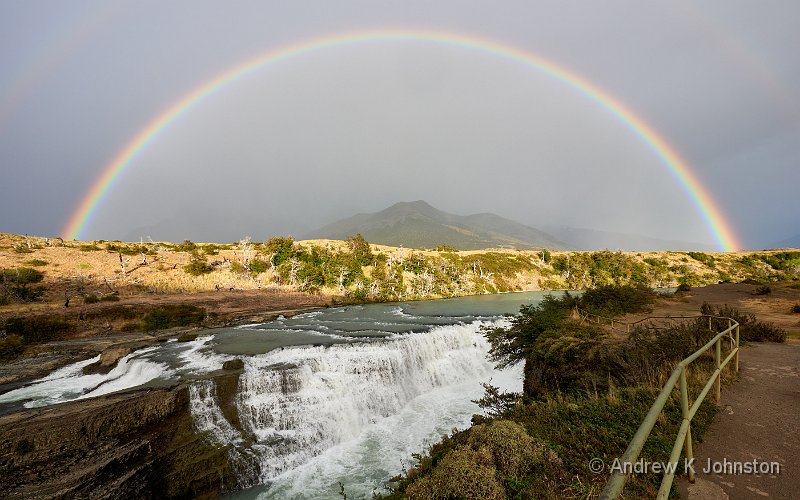



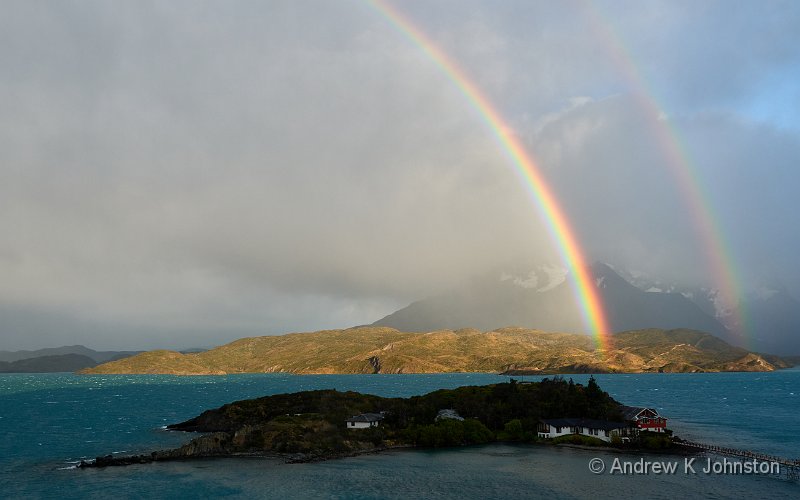

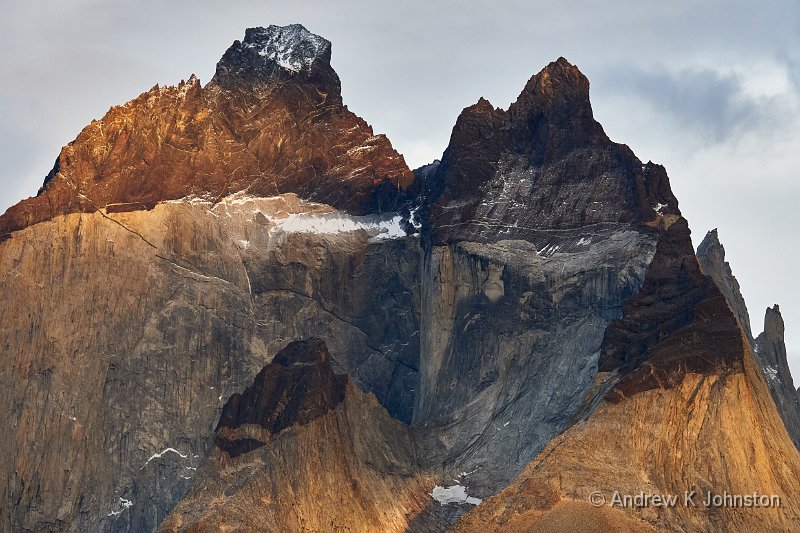
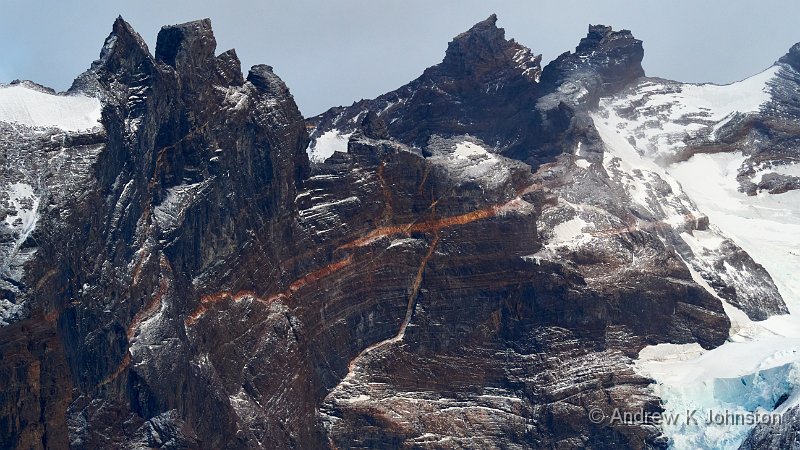

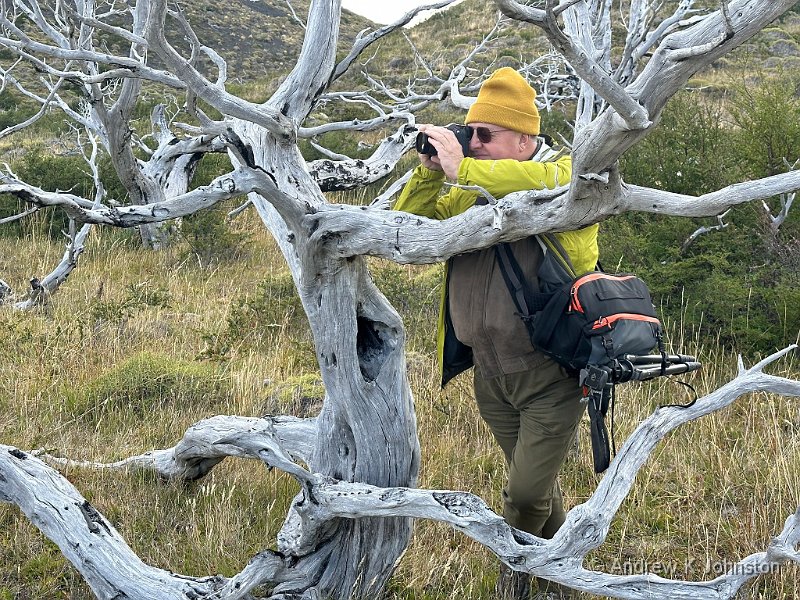
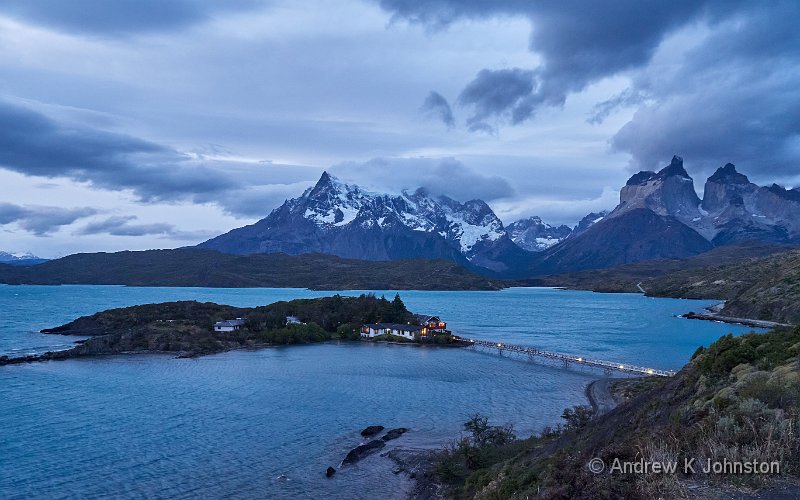

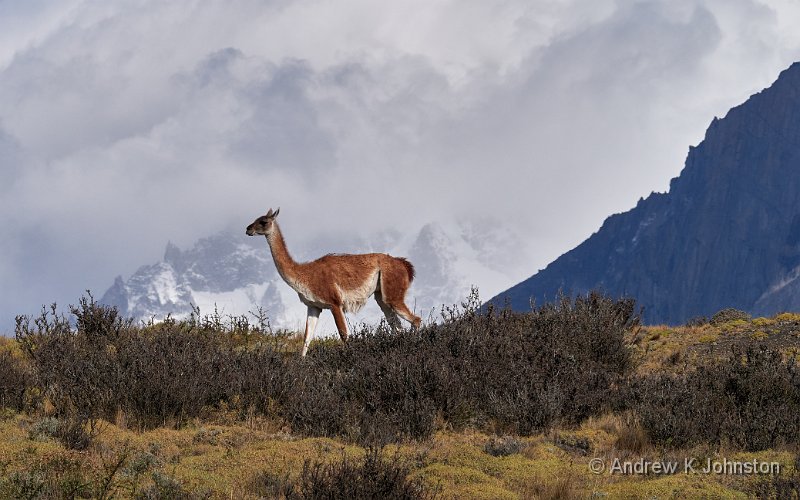
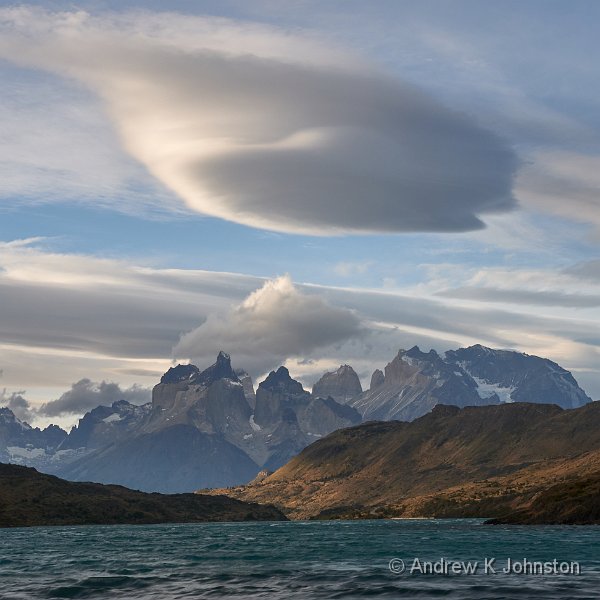

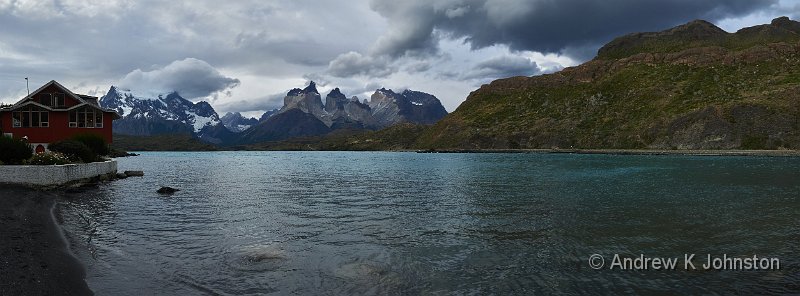
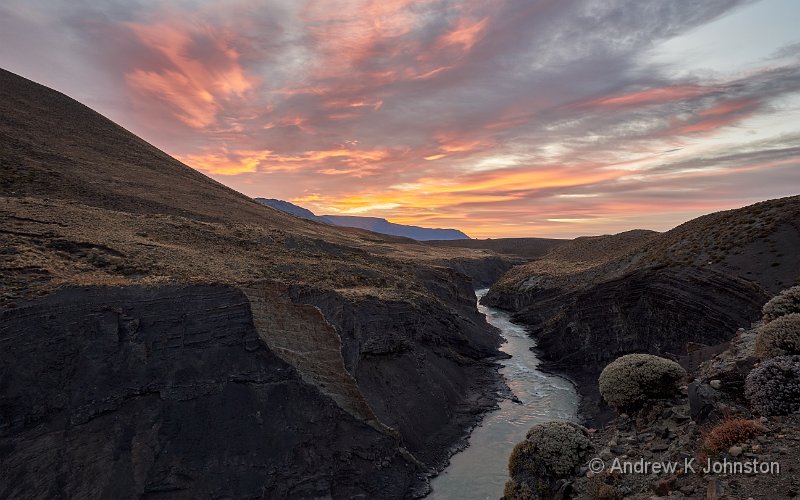
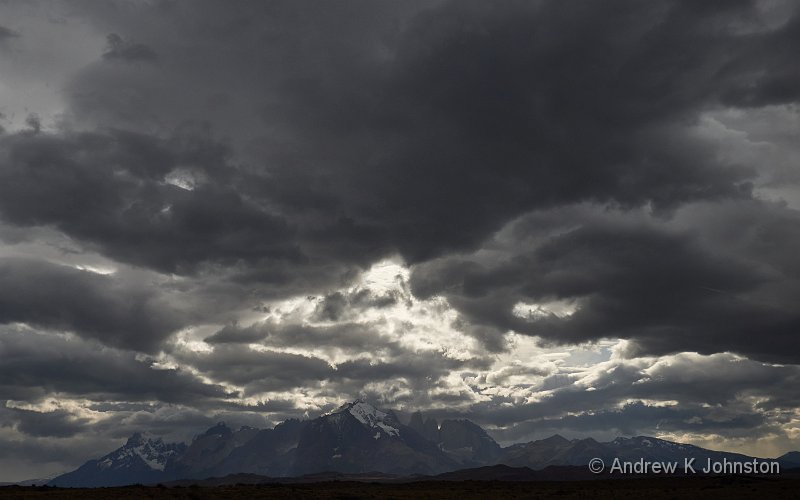
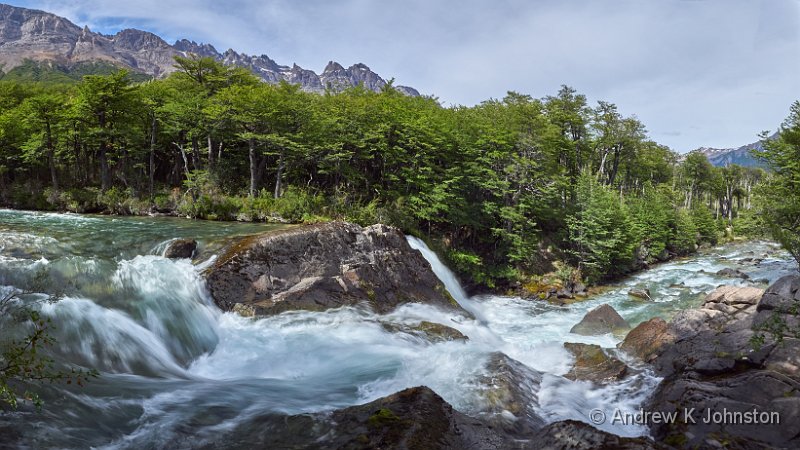
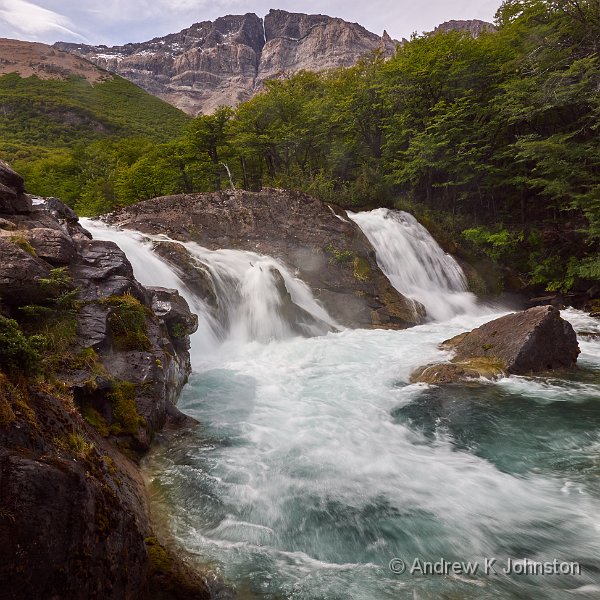

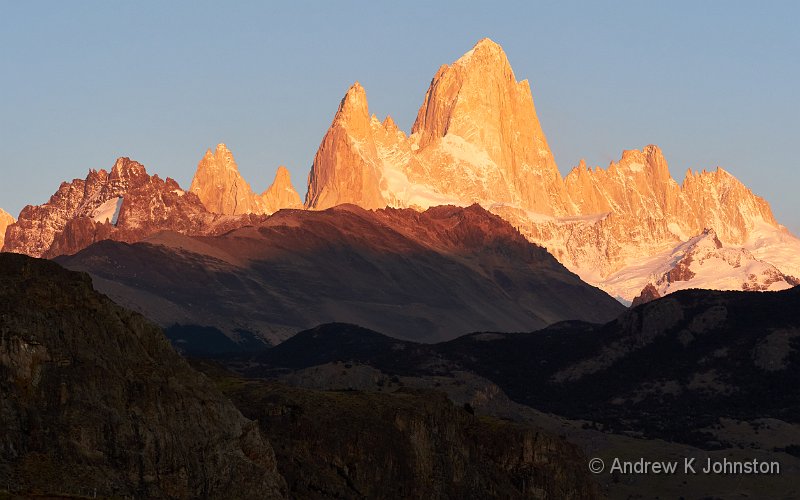
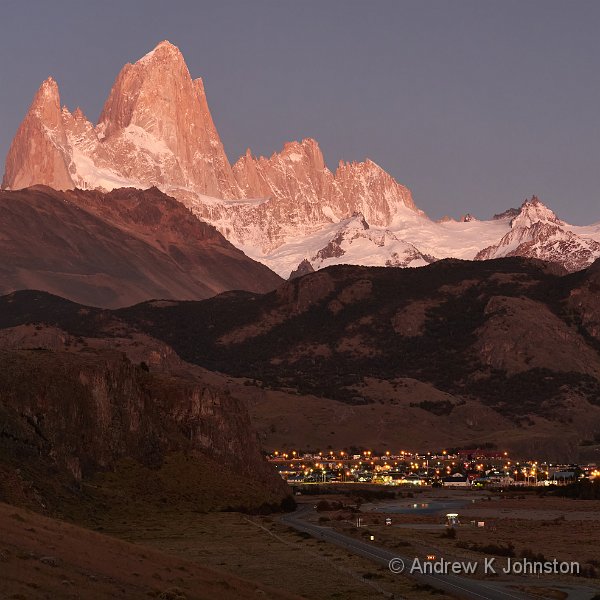


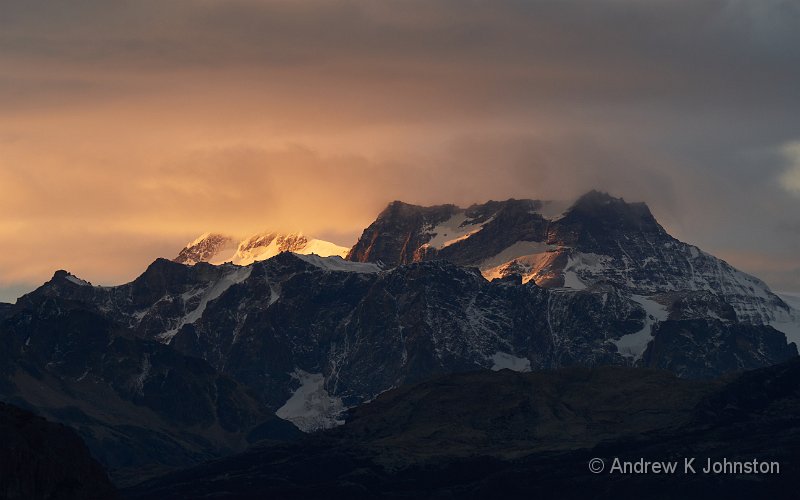
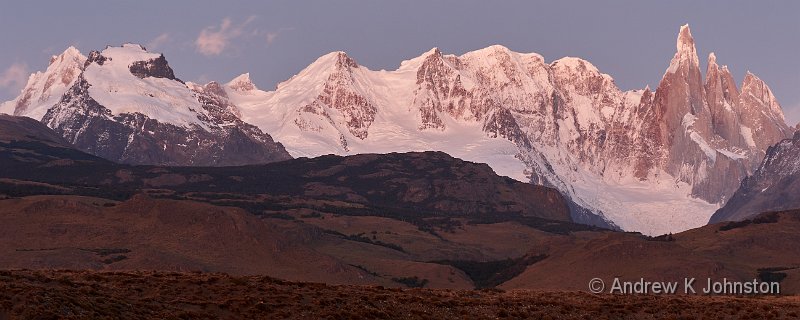
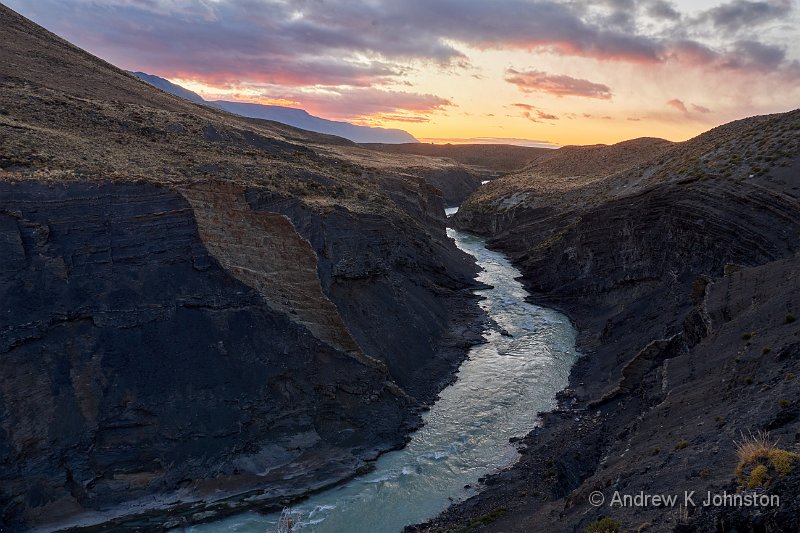

.jpg)
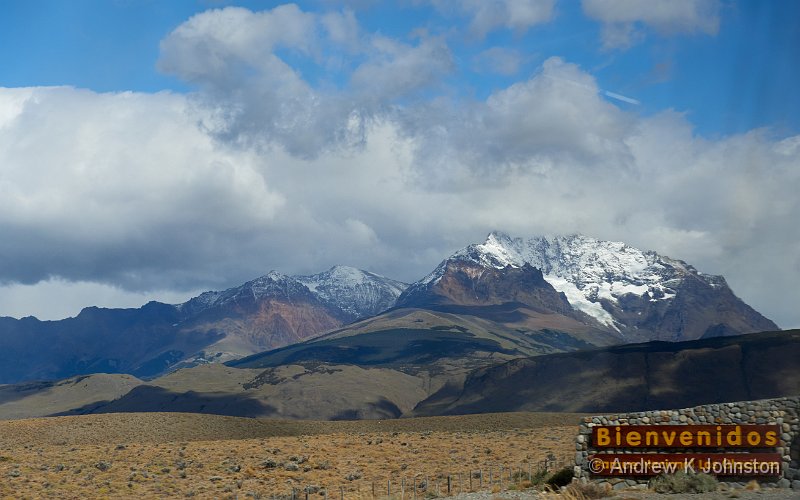
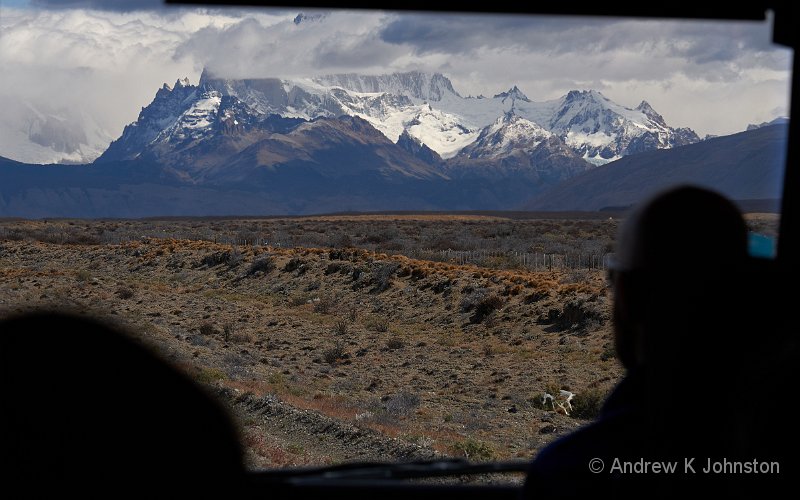

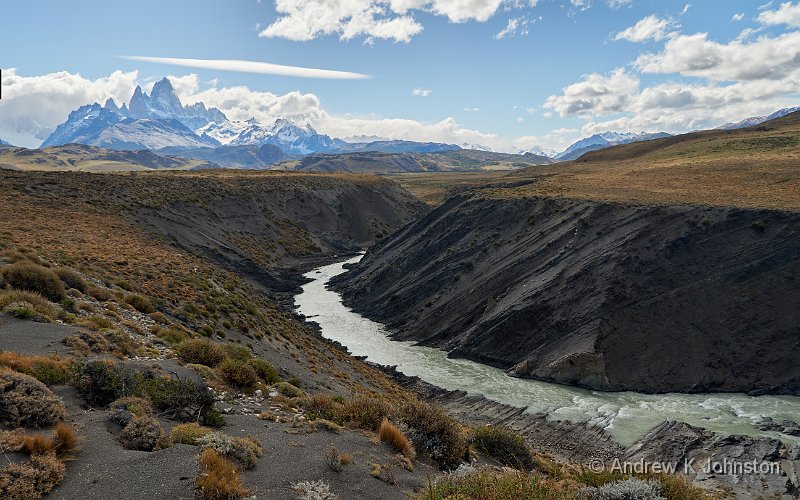
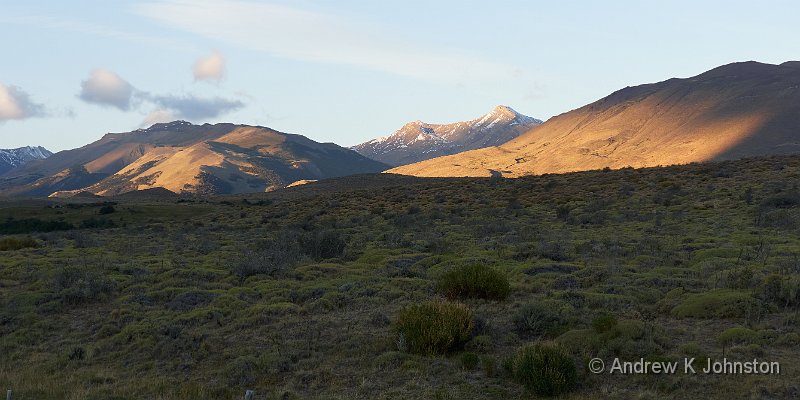

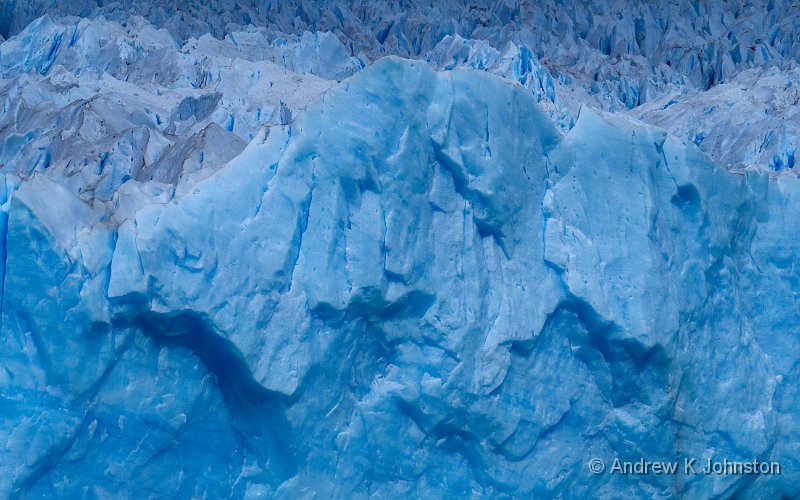
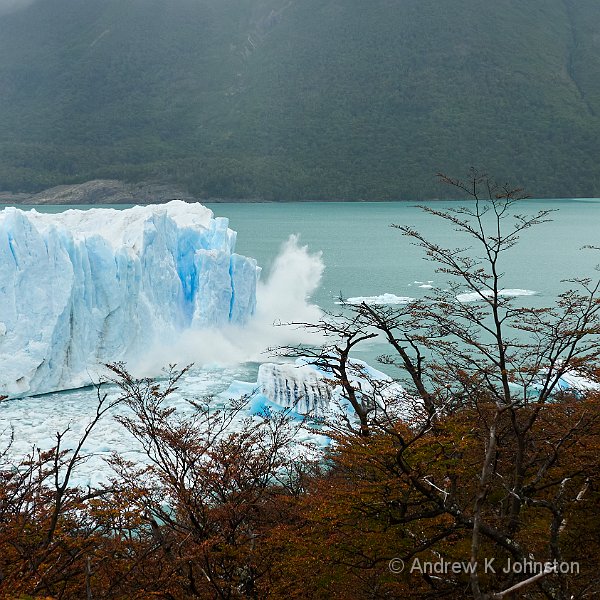
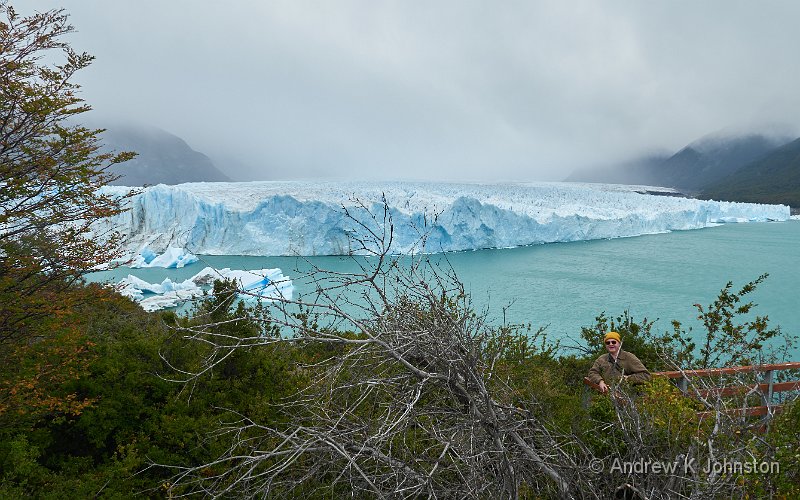
 Thoughts on the World (Main Feed)
Thoughts on the World (Main Feed) Main feed (direct XML)
Main feed (direct XML)